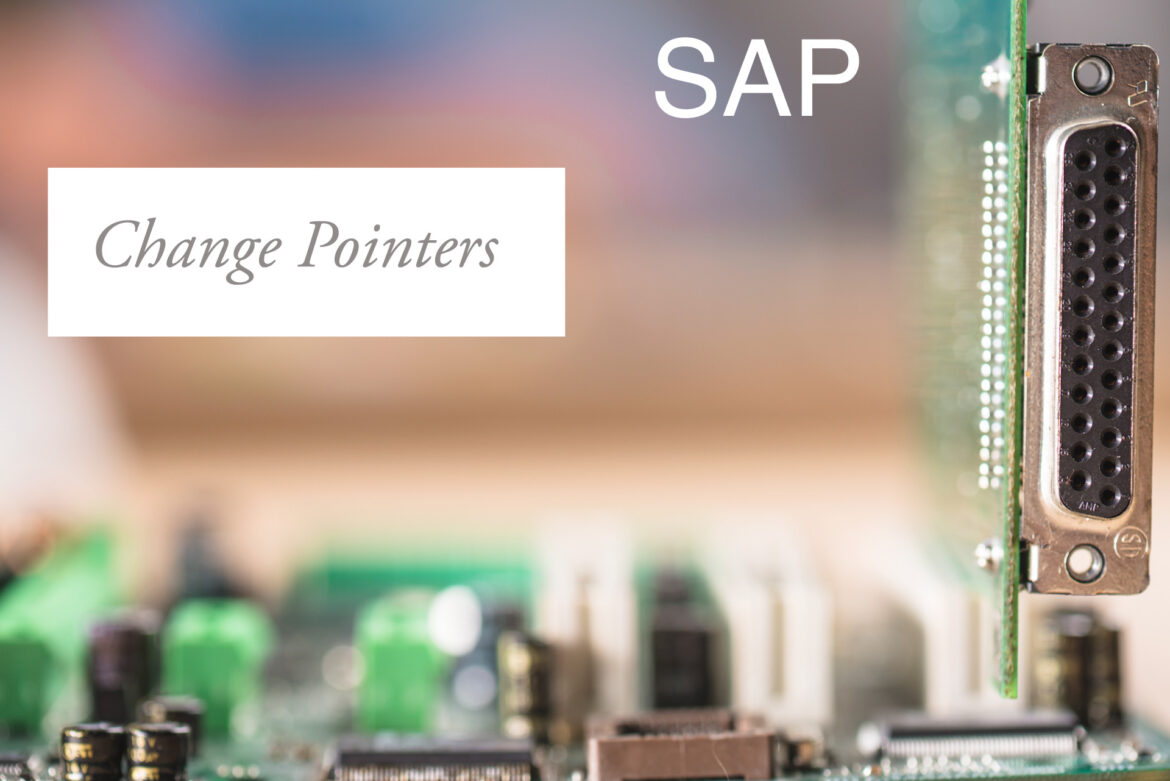Change Pointers in SAP
Introduction
In SAP Sales and Distribution (SD), Change Pointers are crucial for tracking modifications to master data and documents. They help in triggering workflows, updates, or integrations with external systems (like CRM or EDI). This blog post provides a hands-on guide to implementing Change Pointers in SAP SD, covering configuration, testing, and real-world use cases.
What Are Change Pointers?
Change Pointers are flags in SAP that indicate when specific data (e.g., customer master, sales orders, or pricing) has been modified. They are primarily used for:
- EDI (Electronic Data Interchange) – Notifying external systems of changes.
- CRM Integration – Syncing updates between SAP and CRM.
- Workflow Triggers – Automating approval processes.
Project Implementation Steps
1. Prerequisites
- SAP SD module access (with authorization for configuration).
- Basic understanding of ALE (Application Link Enabling) and IDocs.
- Transaction codes: BD50, BD51, BD52, BD53, BD59, SALE, WE20.
2. Activate Change Pointers Globally
- Go to Transaction BD50 (or navigate via SPRO → SAP NetWeaver → Application Link Enabling (ALE) → Master Data Distribution → Change Pointers → Activate Change Pointers Generally).
- Check the box “Activate Change Pointers” and save. Why? This enables the system to log changes for master data and documents.
3. Define Change Pointer Objects
Not all data changes are relevant—you must specify which objects to track.
- Transaction BD51 – Define change pointers for master data (e.g., customer, material).
- Select relevant object types (e.g., DEBMAS for customer master).
- Assign message types (e.g., DEBMAS for customer changes).
- Transaction BD52 – Set change pointers for documents (e.g., sales orders, deliveries).
- Example: Select ORDRSP for sales order changes.
4. Configure Message Types & Partner Profiles
For Change Pointers to trigger IDocs, configure:
- Transaction WE20 – Define a Partner Profile (e.g., for your EDI partner).
- Under “Outbound Parameters,” add the relevant message type (e.g., DEBMAS).
- Transaction BD59 – Assign a Logical System to the message type.
5. Test Change Pointer Functionality
Test Case 1: Customer Master Update
- Change a Customer Record (Transaction XD02).
- Check if a Change Pointer is generated:
- Transaction BD53 – Display Change Pointers.
- Filter by object type DEBMAS and your customer number.
- Verify if an IDoc is generated (Transaction WE02).
Test Case 2: Sales Order Modification
- Edit a sales order (VA02).
- Check BD53 for change pointers related to ORDRSP.
6. Troubleshooting Common Issues
| Issue | Solution |
|---|---|
| No Change Pointer Generated | Check BD50 for global activation. |
| IDoc Not Triggered | Verify partner profile (WE20) and message type. |
| Performance Problems | Limit tracked objects to avoid excessive logging. |
Real-World Use Case: EDI Order Synchronization
Scenario: A company uses SAP SD and EDI for order processing. When a sales order changes (e.g., delivery date update), the external system must be notified.
Solution:
- Change Pointers detect modifications in ORDRSP.
- An IDoc is generated and sent via EDI.
- The external system updates its records automatically.
Conclusion
Implementing Change Pointers in SAP SD ensures real-time data synchronization, reduced manual effort, and seamless integration with external systems. By following this guide, you can configure, test, and optimize Change Pointers for your business needs.
Next Steps:
- Explore Change Documents (SCU3) for audit trails.
- Automate workflows using SAP Business Workflow.
Would you like a deeper dive into ALE/IDoc configurations or SAP SD integration scenarios? Let me know in the comments! 🚀
Tags: #SAP #SD #ChangePointers #EDI #Integration #SAPImplementation




